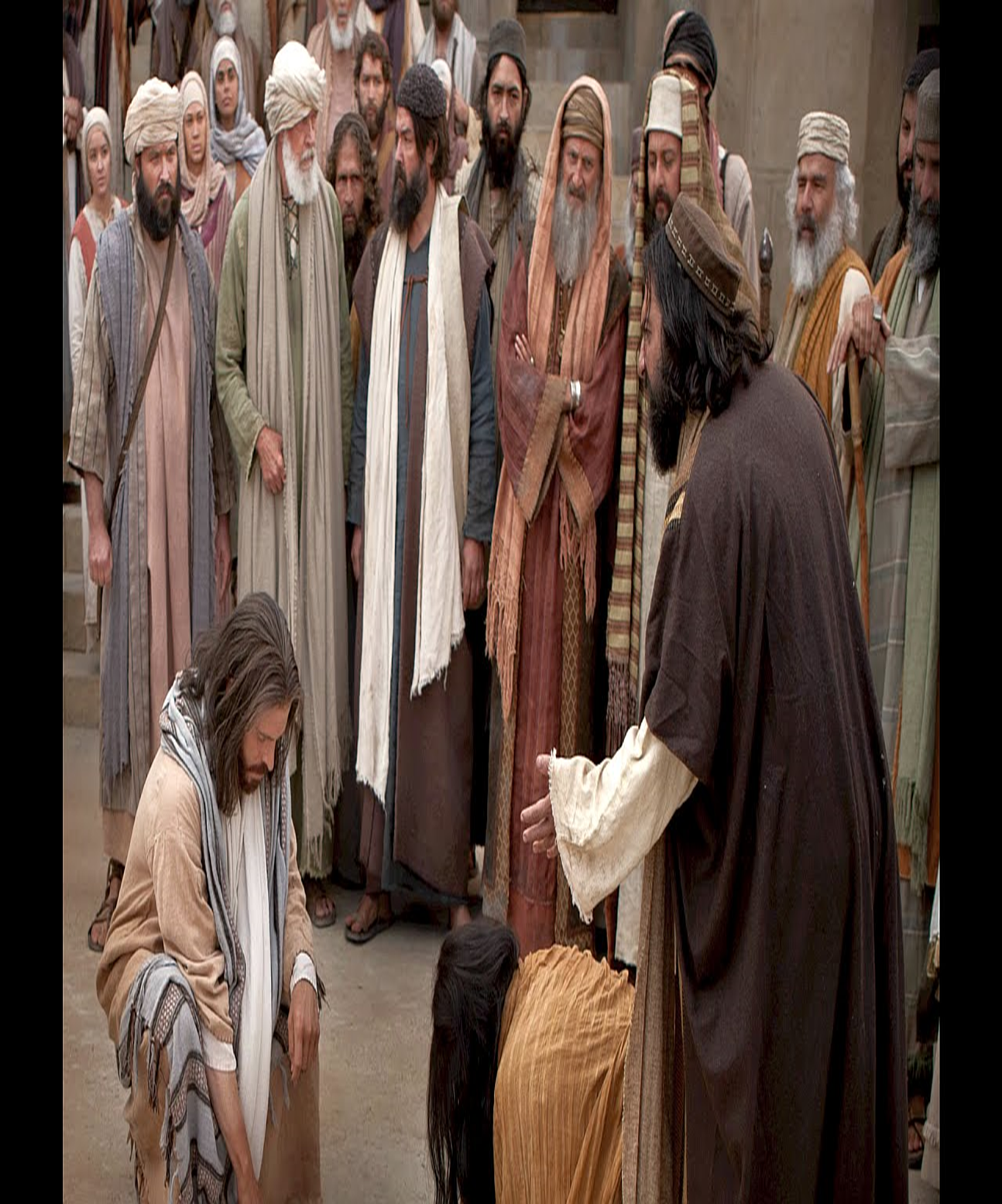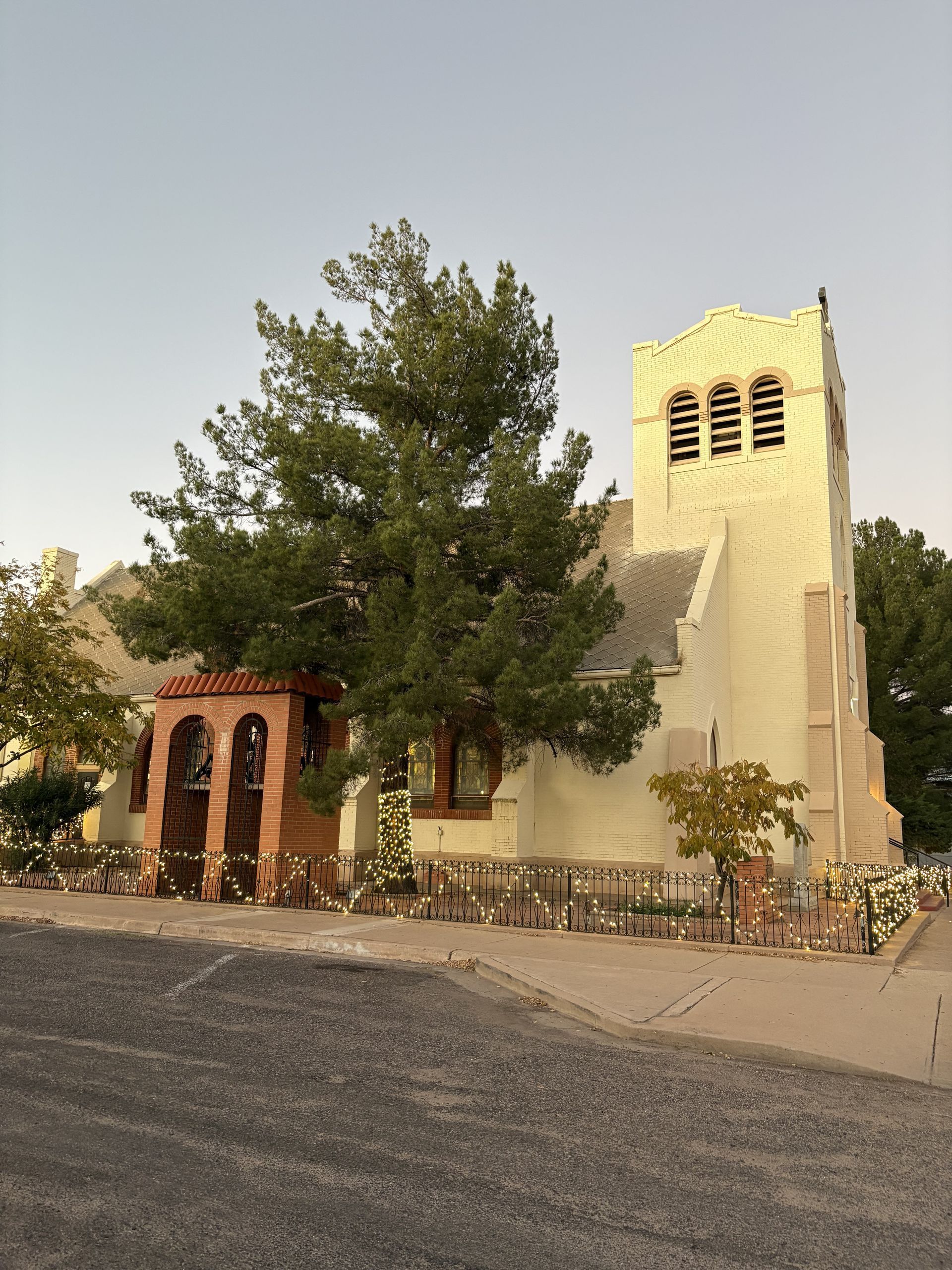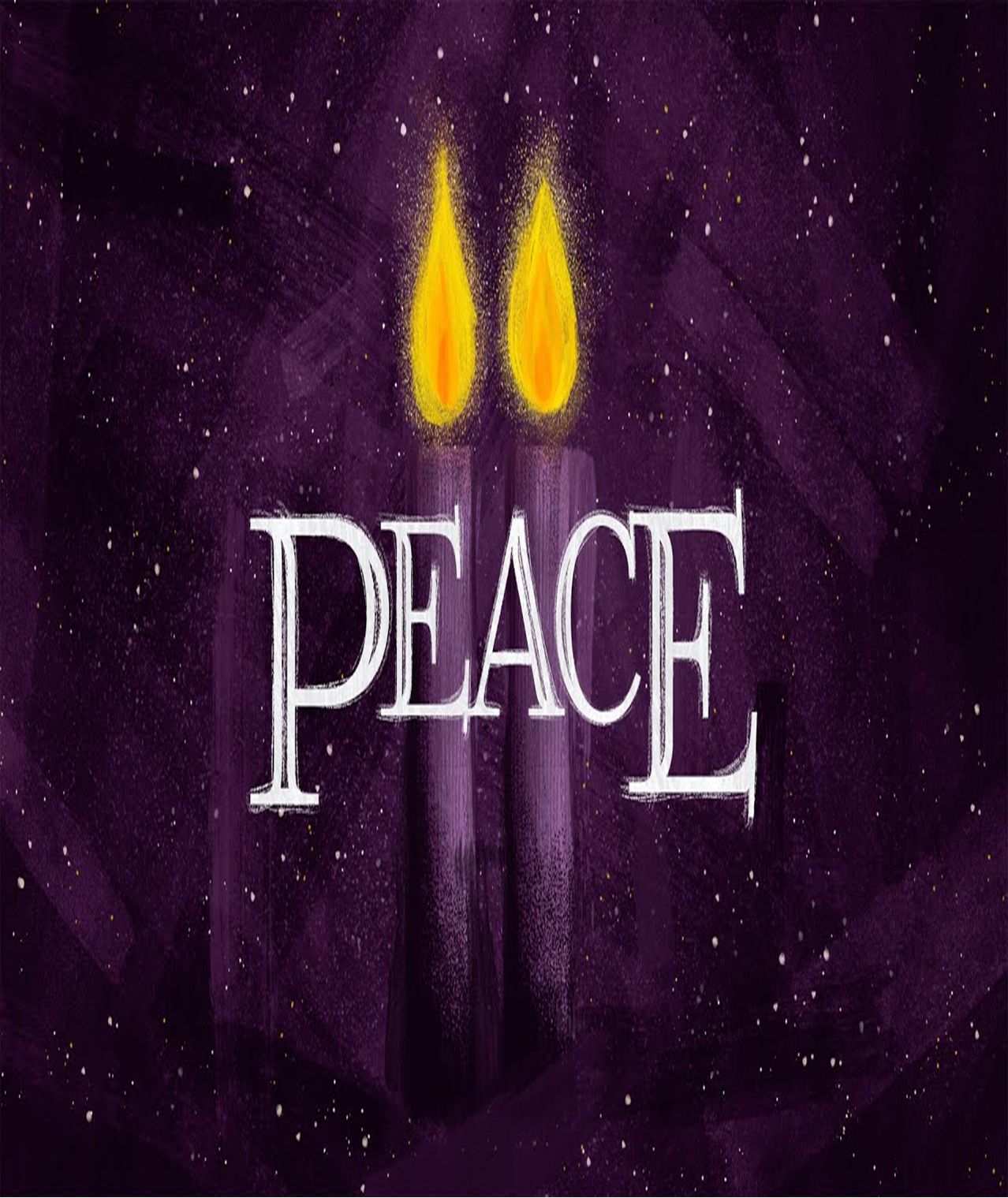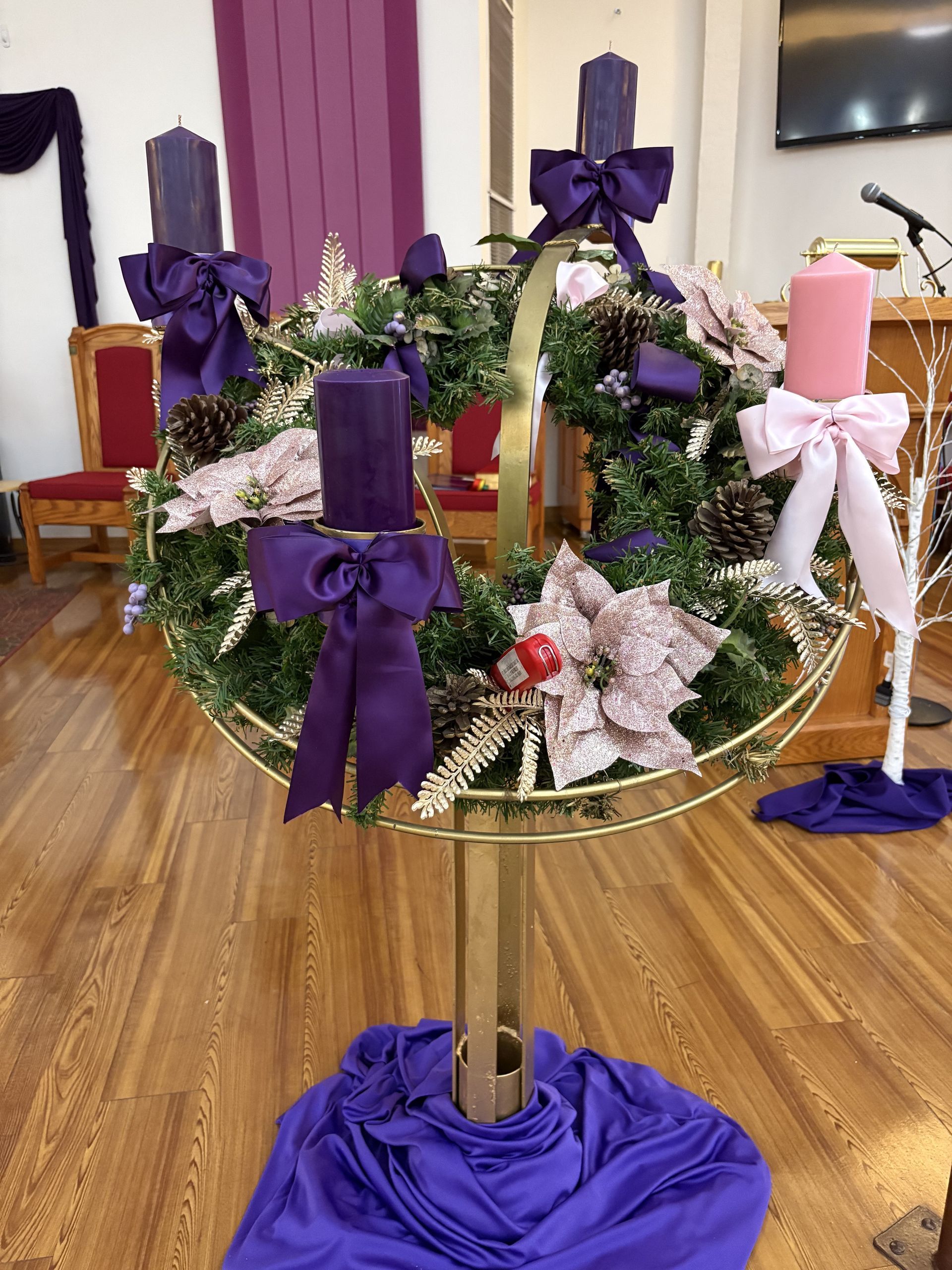
The Fifth Sunday of Lent is called Passion Tide. This is the Sunday when crosses and sacred images in the Church may be covered (entirely optional) in purple. The practice takes us to John’s account, “they picked up stones to throw at him; but Jesus hid and went out of the temple area” (John 8:59). Although two millennia separate us from the actual events, if you follow the daily scripture readings, you can relate almost in real time the dramatic events in Jesus’ life. God is omnipresent. His presence in the Holy Land can be experienced similarly anywhere in the world. It is only through the liturgy that we bring the memories of the past and let them impact us in the present. The liturgy is the hub between the past, present and the future. The liturgy helps us understand mystery, the depths of God’s action. The liturgy as the starting point of any parish life then, needs to be celebrated well most especially, at this time of the year. To remind us of Jesus’ hiding, crucifixes and statues have been covered with purple cloth beginning this Sunday. The cross remains covered until the end of the celebration of the Lord’s passion on Good Friday, while sacred images will be unveiled not until the beginning of the Easter Vigil.
The complicated story of Jesus and the woman caught in the very act of adultery which demonstrates the forgiveness of God and indicates multiple layers of interpretation is the gospel proclaimed on the fifth Sunday of Lent. If you remain undecided and unconvinced to go to confession and need more catechesis on God’s unbounded and inexhaustible mercy, let us plunge into the puzzling story of Jesus and the adulteress that will lead us into the deep well of divine reconciliation.
THE PLOT
As it goes, the scribes and the pharisees brought a woman who had been caught in adultery and made her stand in the middle of the crowd. They said to him, “Teacher, this woman was caught in the very act of committing adultery. Now, in the law, Moses commanded us to stone such women. So, what do you say? They said this to test him, so that they could have some charge to bring against him” (John 8: 3-6). This is gross and vicious knowing that the sole intent of placing the poor woman still half-clad following the incident as portrayed in paintings was only to test and trap Jesus. You can imagine the woman swirling due to the distress, shame, and fate of facing death. It is one thing to bring someone to justice and another, to put Jesus in trouble.
JESUS’ RESPONSE
Jesus’ silence and gesture explains everything. He knows what is right and just at any given situation. He didn’t go with the pressure of the status quo. What is at stake is divine mercy and the rest will take care of itself. He didn’t condone such an act. Briefly, he took a moment of prayer. He paused for thought. He didn’t say anything. Not a word. It was non-verbal which was more powerful than the spoken word. He stooped down and wrote something on the ground with his finger. We don’t know what he wrote. Remember, in his entire life, he left no writing only with his finger on the sand. This was the only instance in the gospel narratives of any hint of writing which we have no clue. This tells us that writing is secondary to the truth and integrity of any minister. We can try and only make a guess what bending down and writing on the ground meant. Perhaps, he was annoyed at the accusers and the crowd that he didn’t want to deal with it and dismiss it, instead. If he wrote something, this was possibly an allusion to the words of Jeremiah 17: 13, “Those who turn away from you shall be recorded in the earth, for they have forsaken the fountain of living water, the Lord.” Or possibly, because of the impermanent and shifting nature of sand or ground for that matter, any writing can be easily erased, not guilty. The writing on the ground was a gentle reminder to the woman accusers that they too are sinners (and are sinful as she is and everyone present) and subject to God’s judgment.
But when they (accusers) insisted, Jesus stood up and said, “let the one among you who is without sin be the first to throw stone at her” (John 8: 7b). Other version puts it, Let the one who is without sin cast the first stone. After this, for the second time, he bent down and wrote on the ground. I won’t try and speculate what he wrote. When the accusers started to drift away, one by one in the order of seniority, that one verse hit them in the gut and realized after all, that behind the trappings of power, authority, and robe, they too belonged in the same company of sinners who needed repentance. Their disappearance left Jesus alone with the woman. Then, he looked up. This scene was a critical part of the narrative. In fact, a turning point, moment of truth. St. Augustine says that that whole scenario was the sacred encounter of Mercy and Misery. Forgiveness means restoration. He said, “Woman, where are they? Has no one condemned you?” (John 8: 10). She replied, “No one Sir”. Jesus said, “Neither do I condemn you. Go, from now on, do not sin anymore.”
The First Reading from the book of the prophet Isaiah 43: 16-21 presents God’s promise of restoration, “Remember not the events of the past, the things of long ago consider not; see, I am doing something new! Now it springs forth. Do you not perceive it?”. The Responsorial Psalm 126, “When the Lord brought back the captives of Zion, we were like men dreaming. Then our mouth was filled with laughter, and our tongue with rejoicing” is a normal reaction to forgiveness. Paul, in the letter to the Philippians, shares what new life in Christ means, “I consider everything as a loss because of the supreme good of knowing Christ Jesus my Lord. For his sake, I have accepted the loss of all things and I consider them so much rubbish, that I may gain Christ and be found in him, not having any righteousness of my own based on the law but that which comes through faith in Christ…” Amen.



